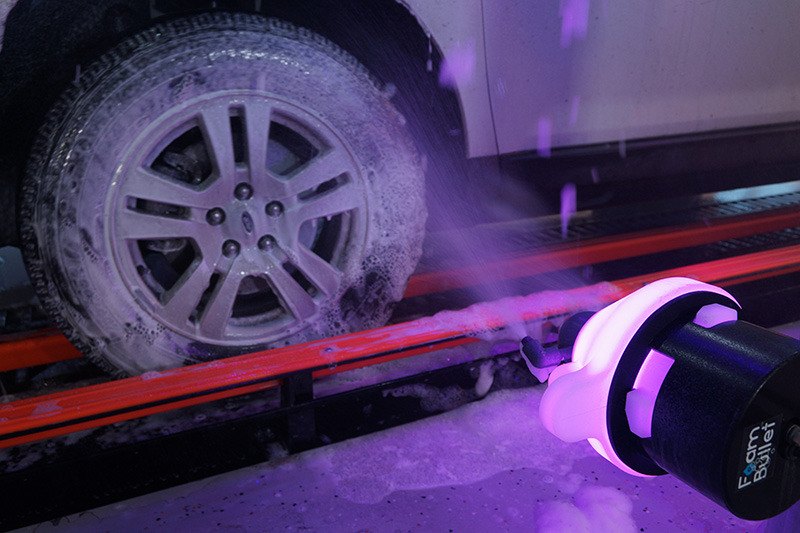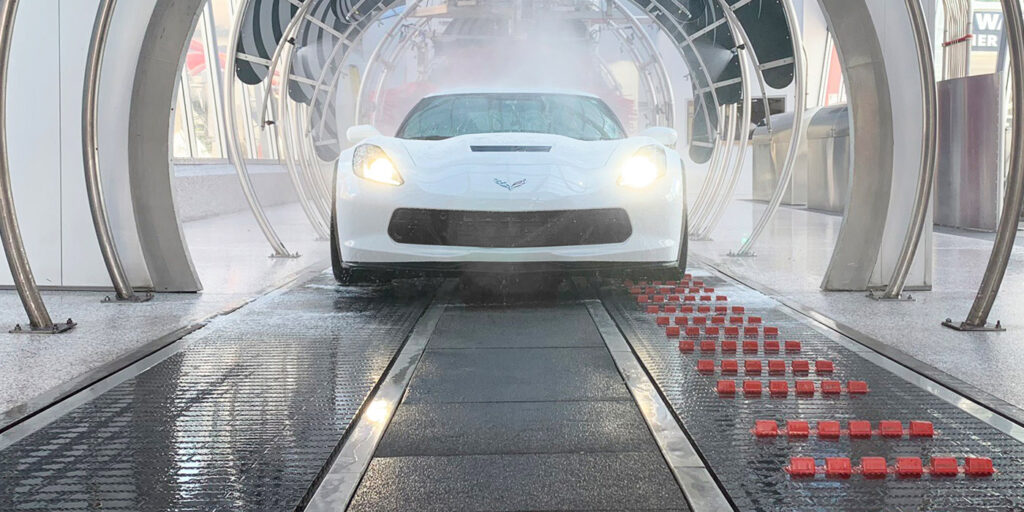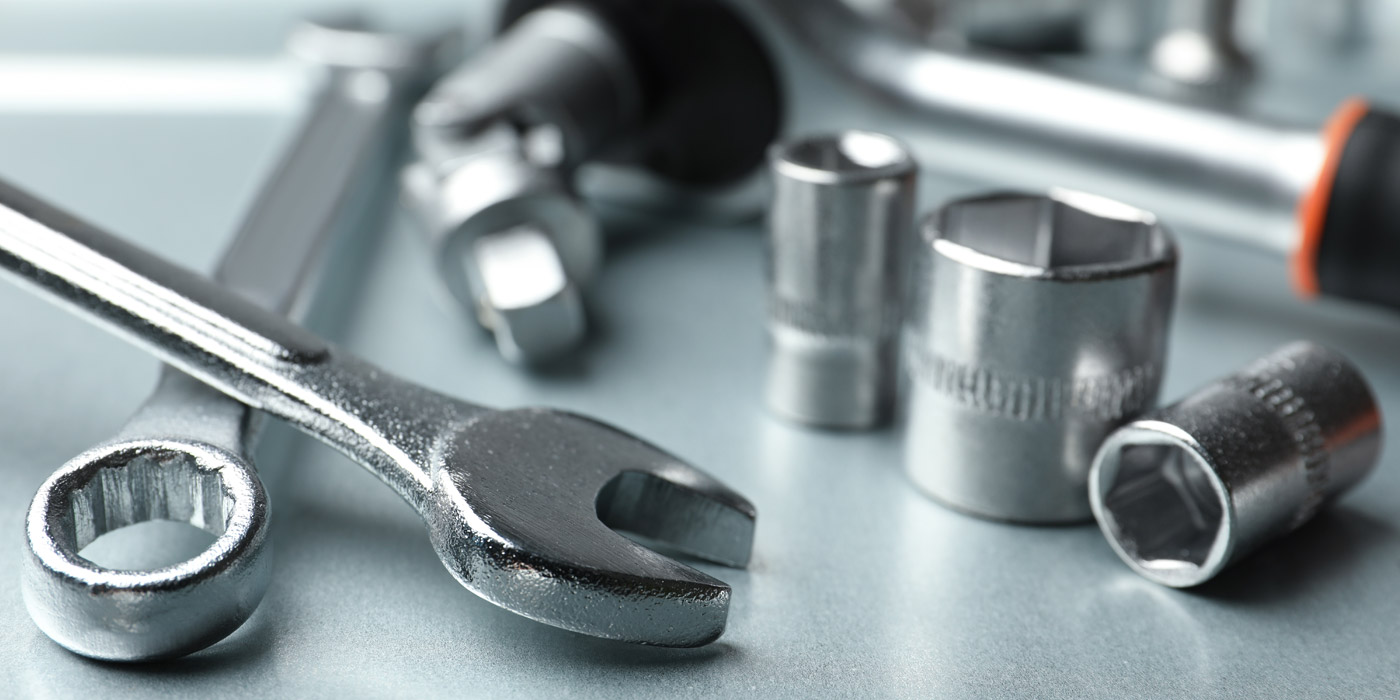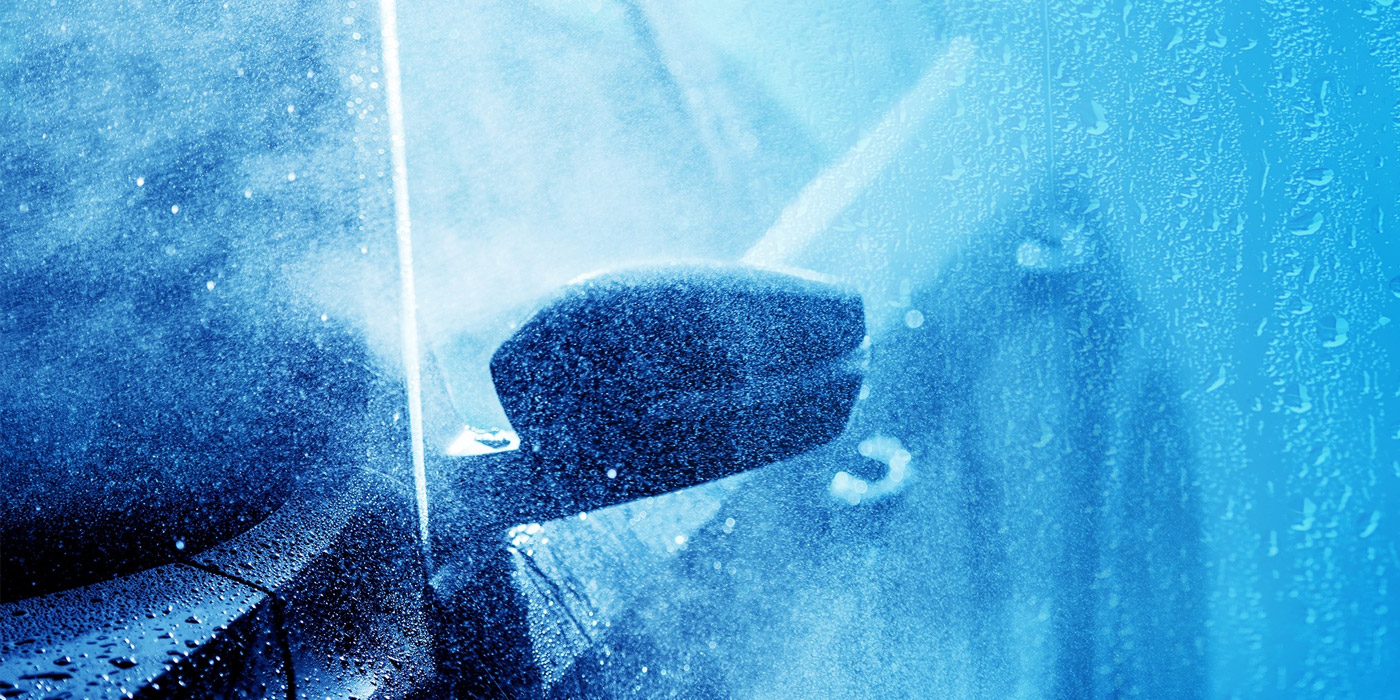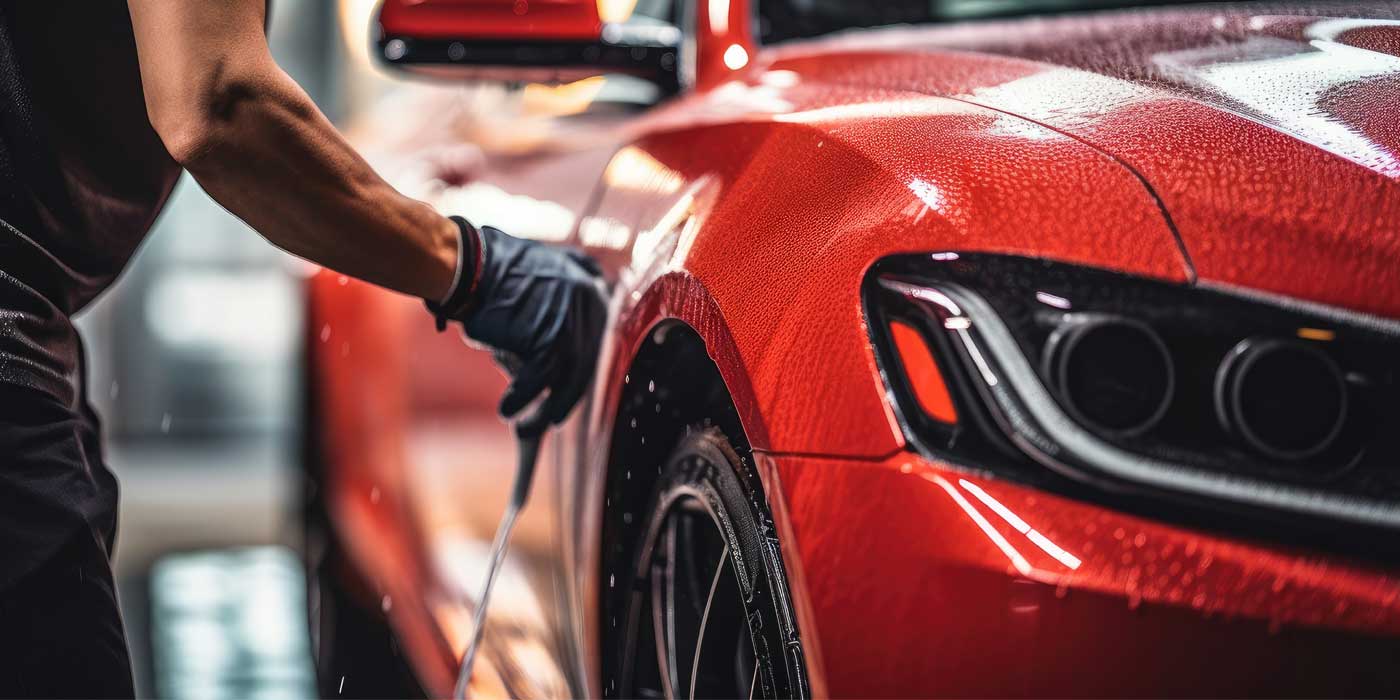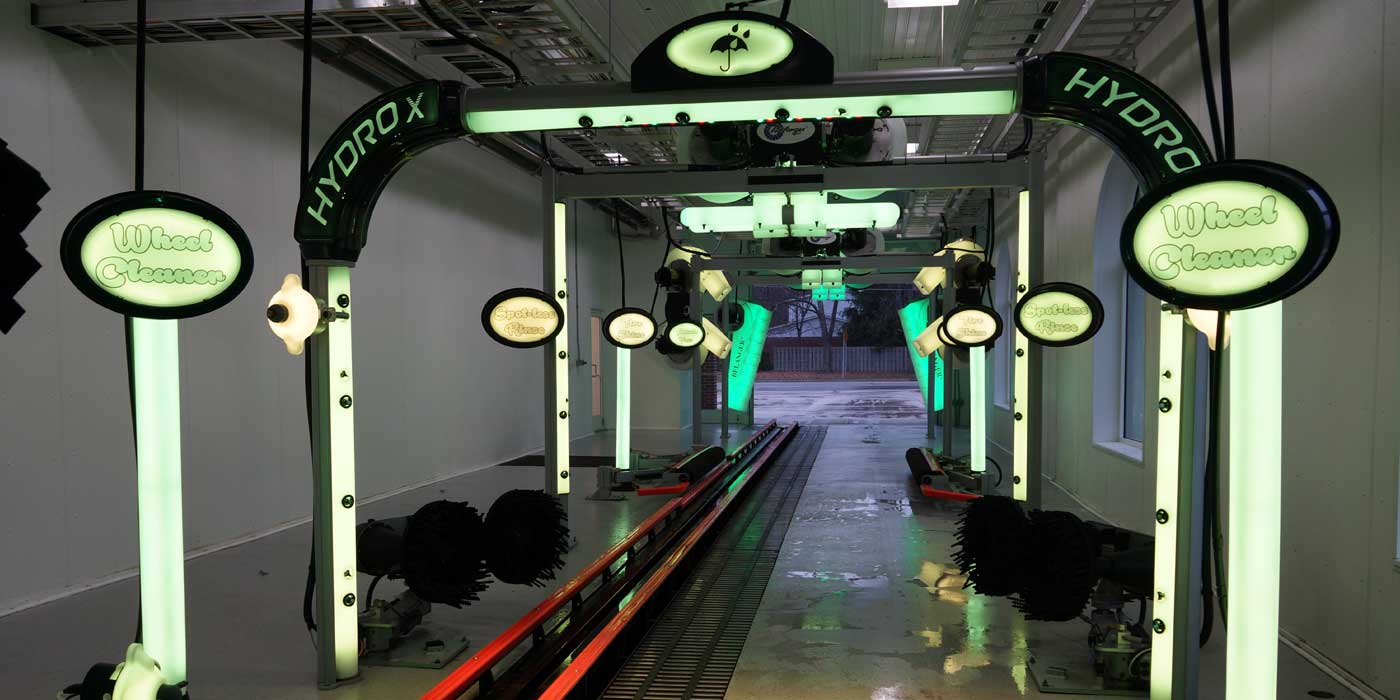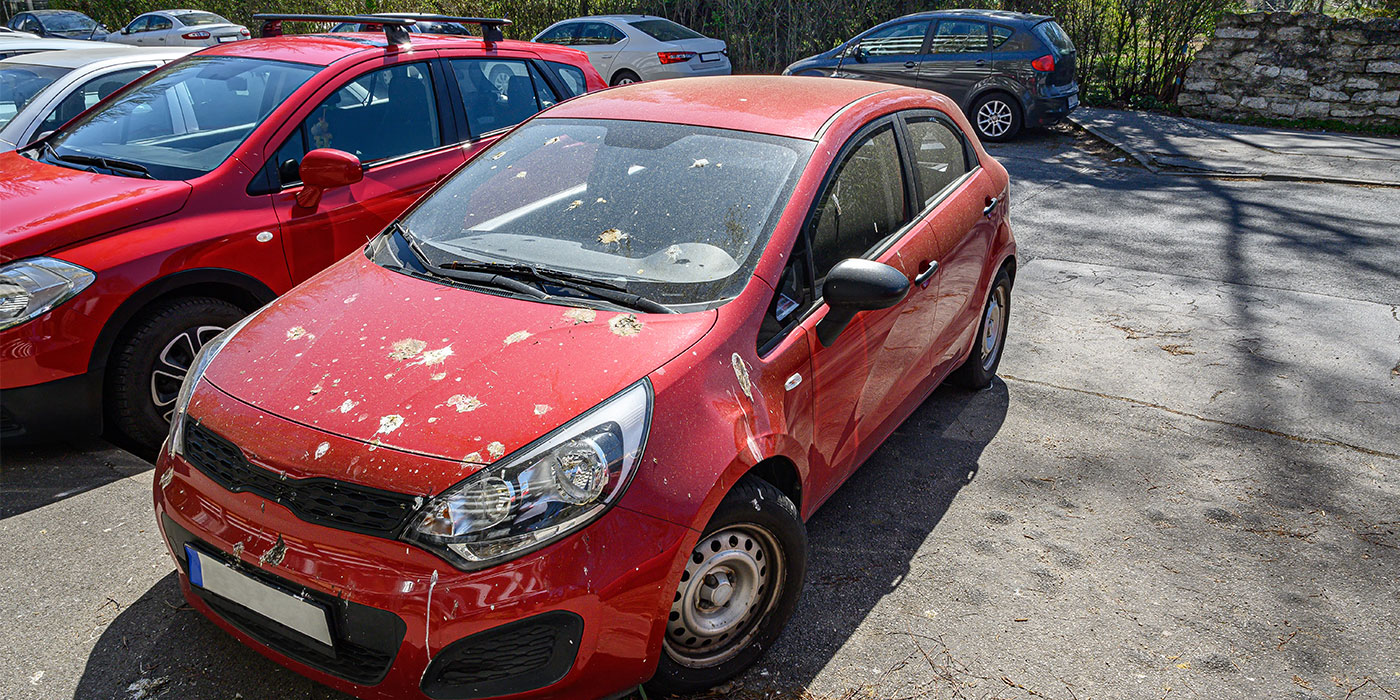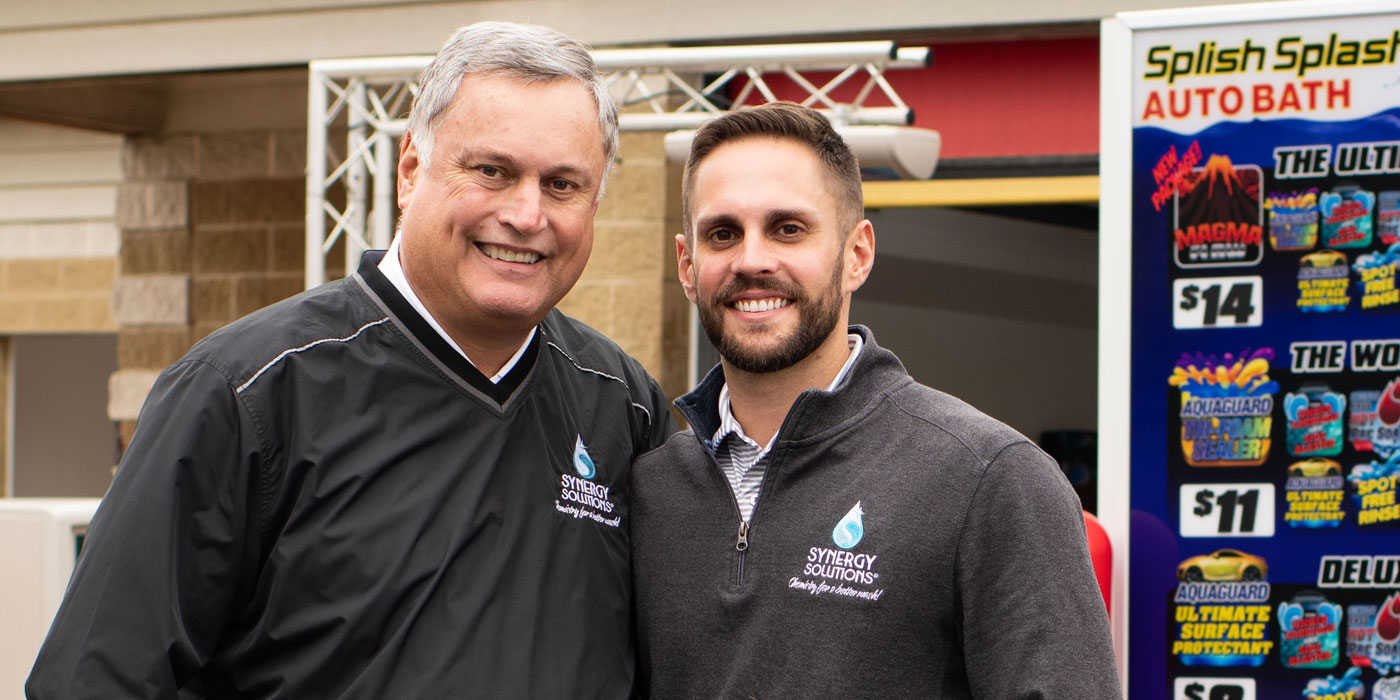Continually cited as one of mankind’s greatest inventions, the wheel has seen some significant evolutionary changes over the centuries. According to Smithsonian magazine, “ … inventing the wheel was item number two on [mankind’s] to-do list after learning to walk upright.” In fact, evidence of the wheel’s invention dates back to around 3500 B.C., and surely cleaning this important tool in our history must span back nearly that far.
For the purpose of personal transportation, inventing the materials used for tires dates back a mere 174 years ago. According to theinventors.org, Charles Goodyear first invented vulcanized rubber in 1844, a discovery that many historians say was ahead of its time. Forty-four years later, in 1888, John Dunlop invented the first air-filled or pneumatic tires, which at the time were used for bicycles. While applying pneumatic tires on an automobile is initially credited to André Michelin in 1895, according to theinventors.org, it wasn’t until 1911 that Philip Strauss invented the first successful auto tire — a combination tire and air-filled inner tube.
Still, with over 100 years of practice, wheel and tire cleaning remains one of the toughest jobs at a professional carwash, regardless of wash format. Experts say limited contact time; type and quantity of dirt, dust, soil, grease, etc.; as well as the wide range of wheel types showing up in tunnels and bays are the primary reasons why.
In this article, we speak with two leading professional carwash experts to learn how owners and operators can inflate profits and turn out quality results on a consistent basis in order to round out their customer satisfaction levels in the area of wheel and tire cleaning.
The pressure is on
Despite what many carwash customers might think, there is more to cleaning car and SUV wheels and tires than meets the eye. While the end result might sound familiar — clean, dry and shiny — achieving it is more challenging than when targeting other areas of a vehicle.
“Various wheel designs and sizes as well as height off the ground — truck versus sports car with low profile, for example — can make it difficult for a single chemical tire applicator (CTA) to completely cover the entire wheel with wheel cleaner,” says Mike McKillip, who is the chemical engineering manager at National Carwash Solutions (NCS). “And, incomplete coverage will impact the carwash’s ability to clean the wheel.”
When it comes to wheel cleaning, a standard one-dimensional approach will yield less-than-desirable results. And, since the cleanliness of wheels and tires is among the first impressions that most customers take in after a carwash, poor results can lead to loss of business.
Instead, effectively cleaning your customers’ tires and wheels requires a multi-angle approach — both literally and figuratively, adds Adam Kelsey, who is the director of sales for Belanger Inc. “For example,” he explains, “a tire shiner at the end of a tunnel or in-bay automatic (IBA) won’t be fully effective if the tires aren’t getting cleaned properly first. A good, thorough wheel and tire cleaning often means the right combination of friction, water impingement, dwell time and chemicals — applied at the right angles.”
According to Kelsey, sometimes the more effective approach is a combination of both friction and high-pressure spray, which he calls a one-two punch. “On top of that, some modern wheel designs are highly complex and feature numerous difficult angles to cover,” he says.
As a result, it is vitally important for owners and operators to invest in the top-notch equipment and modern chemical formulations from leading manufacturers in the market.
Related: Wheels and style: quality versus aesthetics
Don’t thread on improved equipment
Equipment manufacturers have done their homework on the various styles, soils and wheel types showing up at today’s professional carwashes. Improved brushes and materials are contributing factors, but wheel and tire cleaning equipment design enhancements are also playing a significant role in superior results.
“On the equipment side, wheel and tire scrubbers have continued to dial in on penetrating deep-angled wheels, whether they are scrubbing downward or rotating. For both tunnels and IBAs, increased precision in vehicle profiling has led to chemical applicators and high-pressure water blasters that track more effectively. This means the spinners and nozzles can flip their angles of attack to cover all the areas inside the wheels,” educates Kelsey.
Providing frictionless cleaning, today’s advanced CTA equipment is limiting damage to these sensitive areas of a vehicle that require tough cleaning attention. McKillip adds that operators can leverage the significant improvements that have been made in recent years in tire and wheel cleaners to the point of not requiring any friction as long as the following three factors are addressed:
- The cleaner is set properly.
- There is sufficient dwell time.
- An adequate high-pressure rinse is applied to remove all residual brake dust.
“Additionally, the type of water being used — e.g. fresh, soft reverse osmosis (RO) water — and heated tire and wheel cleaner should also be considered,” continues McKillip, adding that operators should avoid using more aggressive chemical compositions that can damage wheels if applied too strongly.
Rolling right along
As mentioned, the limited contact time presents a critical challenge in the area of wheel and tire cleaning. Targeted cleaning of these often heavily soiled surfaces is limited to just a few feet in a carwash tunnel. And, since wheel designs and vehicle makeup changes from customer to customer, operators are challenged even further to properly set up equipment in a conveyor format.
So, we asked our experts, how many feet of brushes is adequate for proper wheel and tire cleaning in a typical conveyor operation? And, while several variables exist, such as soil type in your local region, our experts provided the following general best practices to apply.
“This depends on what type of equipment the operator is using,” asserts Kelsey. “For example, if you have a brush machine that only contacts the lower portion of the tires, you want it to be long enough to allow the tire to rotate at least once completely — the same applies to a tire shiner. So, for a medium to medium-large tire, the outer circumference ranges from 90 inches to 94 inches. A tire brush (or shiner) about 8 feet long should cover this adequately. On the other hand, some circular wheel scrubbers are tall enough to cover more than the bottom of the tire, so they might require less tunnel space, depending on the setup.”
When providing his recommendation to address the same question, McKillip notes that the circumference of a typical 18-inch truck tire is over 8.5 feet long. “A brush height of 12 inches will decrease the number of feet required to 5.5 feet in order to clean the entire tire/wheel. A minimum length of 6 feet will be adequate in the majority of cases,” he advises.
Shine on
Mostly driven by customer demand, tire shine products — also known as tire dressings — and applicators have become very important components in the modern car care industry. In the early days of car care as these products evolved, detailers and do-it-yourself consumers applied retail products that were sprayed directly onto the tire or impregnated into a sponge and then applied.
However, more recent advancements have led to equipment in the tunnel and automatic carwashes applying this service, saving consumers time and avoiding potential damage on tires and concrete surfaces when overusing or misusing the chemicals and/or applicators.
As noted in a recent article written by Warsaw Chemical Co. Inc. and published in Professional Carwashing & Detailing magazine, almost all tire dressings have an active ingredient of silicone fluid. While traditional tire dressings were mixtures of quick-drying solvents with a small amount of silicone, our industry has moved away from these types of formulations for several reasons, including flammability issues of the solvent, concerns regarding air quality and regulation as well as health hazards associated with repeated exposure, explained the article.
Today, most tire shine products will fall into two categories: solvent-based or water-based. Both still use the same active ingredient (silicone fluid) but have different carriers or co-solvents, as explained in Warsaw Chemical’s article.
Just as we’ve seen advancements on the chemical side, equipment manufacturers have not stayed stagnant in recent years, and today’s tire shine machines have also evolved to provide better, safer results.
“On the tire shiner side, equipment has evolved that can rotate and keep an even amount of chemical on the foam pads that contact the tires. This creates more even and thorough applications and, as a bonus, it helps regulate chemical usage,” educates Kelsey.
Above the rim maintenance
Similar to other critical equipment found in all carwash formats, wheel and tire cleaning equipment maintenance is an important — although sometimes overlooked — step to achieve top results. Routine maintenance includes checking that pads and brushes are not worn and replaced as needed.
Also, notes McKillip, operators will want to include the following routine maintenance checks:
- For CTAs, make sure nozzles are free of debris and clean.
- Clean out foamer pads, if needed.
- Titrate on a regular basis to ensure the tire/wheel cleaner concentration is adequate.
For tire shiners, Kelsey recommends paying close attention to the front sections, which typically wear the foam down quicker due to where they contact the tires. “So, if your machine allows you to rotate the foam in sections, be sure to stay on top of that. This will help you get the most out of your foam pads before they need replacement. Also, for equipment that requires air for movement, ensure that pressures are set right in order to clean thoroughly and efficiently,” he says.
In addition to keeping a close eye on the equipment, it is important to also examine customers’ wheels and tires as they are leaving your tunnel and/or bays. A manager or finish area employee should be tasked daily with quality-checking five to 10 cars at the start of the day and at the end of the day to ensure desired results.
Wheel and tire cleaning and shine services can be profitable for your wash when applied, managed, marketed and maintained the right way. Getting a grip on this service is easier today with advanced equipment and chemical formulation, so be sure to only source your systems and products from the carwash industry’s leading manufacturers.

